Northern Matter in Poul Anderson’s “Middle Ages” of The Broken Sword and in J.R.R. Tolkien’s Middle-Earth
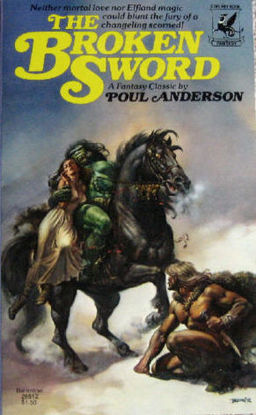
Poul Anderson’s The Broken Sword originally was published in a different form in 1954, which is why I’m discussing it at this time and not later. It is important to note that in Anderson’s introduction to the 1971 edition, he refers to his earlier self, the writer of the 1954 version, as if that person were not himself but in fact a different writer with the very same name. Anderson’s 1971 introduction also specifically takes into account J.R.R. Tolkien and his works. Anderson asserts that, like Tolkien, he has mined the rich veins of the Northern fantasy tradition, but he claims that, unlike Tolkien, he has found riches of a slightly different hue, perhaps gems with deeper or gloomier lusters. He writes:
In our day J.R.R. Tolkien has restored the elves to something of what they formerly were, in his enchanting Ring cycle. However, he chose to make them not just beautiful and learned; they are wise, grave, honorable, kindly, embodiments of good will toward all things alive. In short, his elves belong more to the country of Gloriana than to that house in heathen Gotaland. Needless to say, there is nothing wrong with this. In fact, it was necessary to Professor Tolkien’s purpose.
I was at first horribly confused by this reference to Gloriana, able to uncover at first only a post-dated work by Michael Moorcock of that title. Until I realized that Moorcock’s novel borrows from the very thing that must be Anderson’s reference – Gloriana, or the Queen of Faerie in Spenser’s The Faerie Queen (a work of whose ending I have not yet got to) who is herself an allegory of Queen Elizabeth.
What a very puzzling suggestion. Of course we know, from Tolkien’s own introduction to The Lord of the Rings, that Tolkien detests allegory, so this certainly isn’t the point of comparison that Anderson finds. So it must be Gloriana’s character, and in Spenser’s medieval reconstructionist tradition Gloriana must of necessity stand as the ideal form of every human virtue. But does this truly characterize Tolkien’s Elves? One may even become incensed when Anderson appears to make a slightly disingenuous comparison by claiming that he harks “further back” than Tolkien, to medieval Europe in which “cruelty, rapacity, and licentiousness ran free.” Um. Tolkien’s Elves lived in a vanished Earth Age, not in Spenser’s proto-Romanticist reimagined “Arthurian” England. If we’re talking in terms of scope, Tolkien’s setting might have more to do with Robert E. Howard’s Hyborian Age than even Anderson’s Middle Ages.
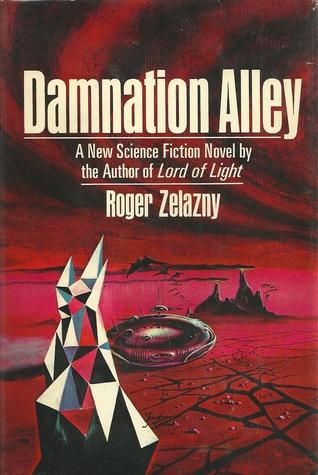

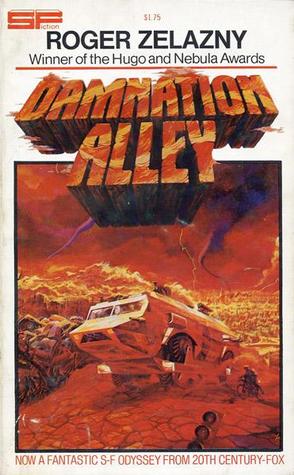
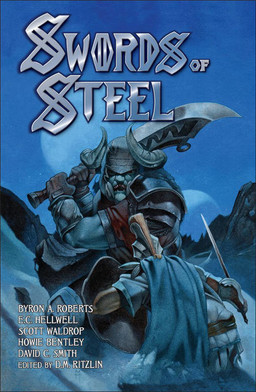
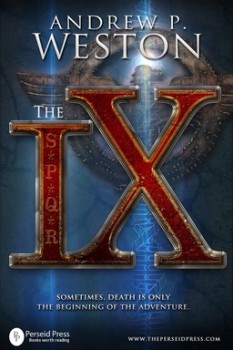
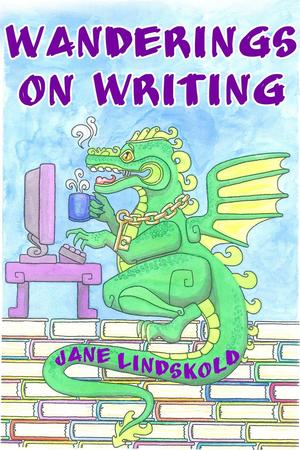
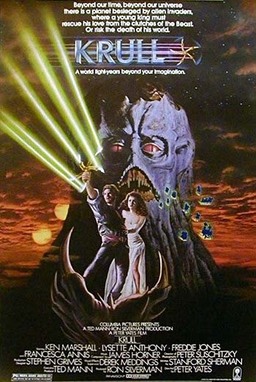
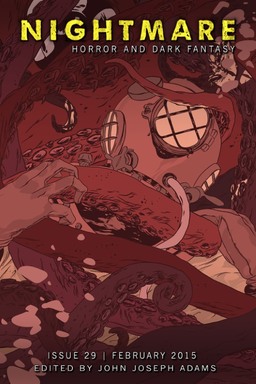
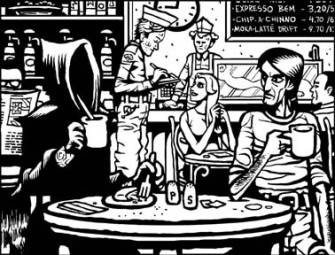

 Recently, Black Gate overlord John O’Neill
Recently, Black Gate overlord John O’Neill